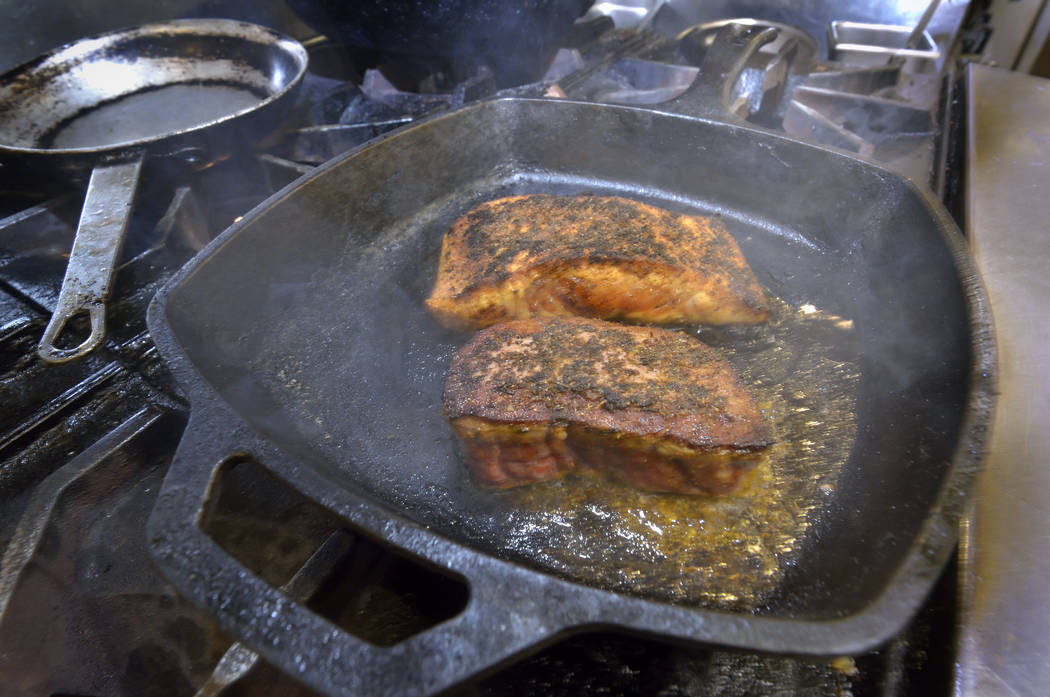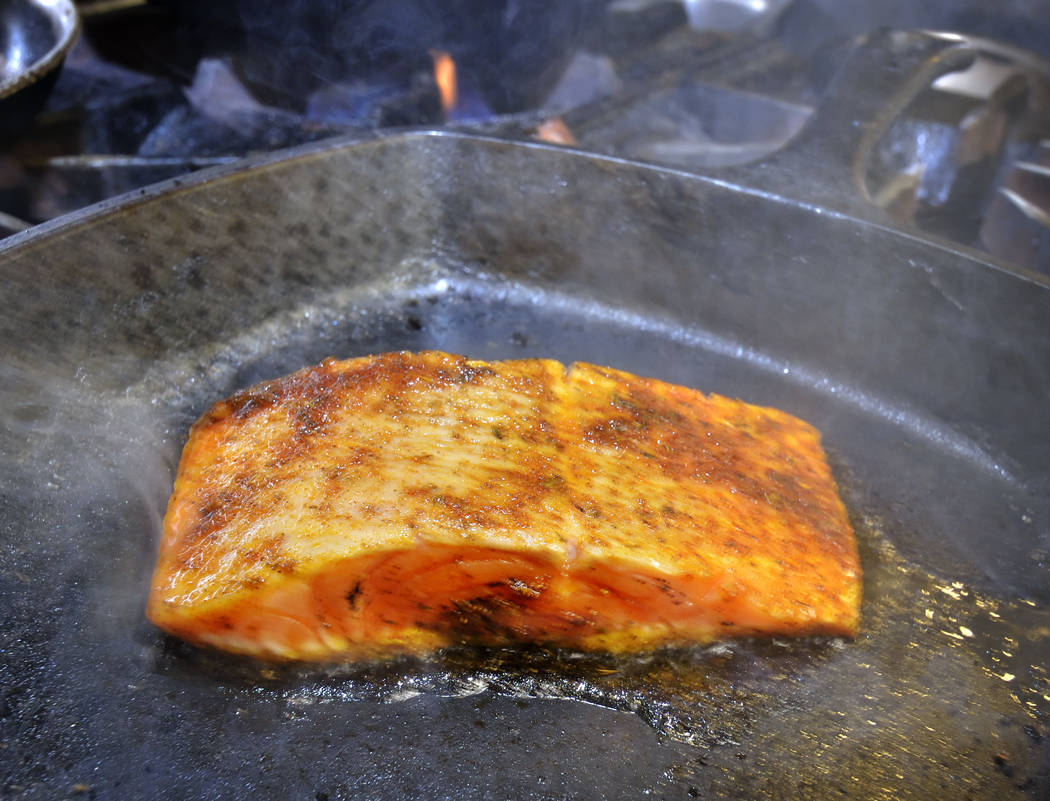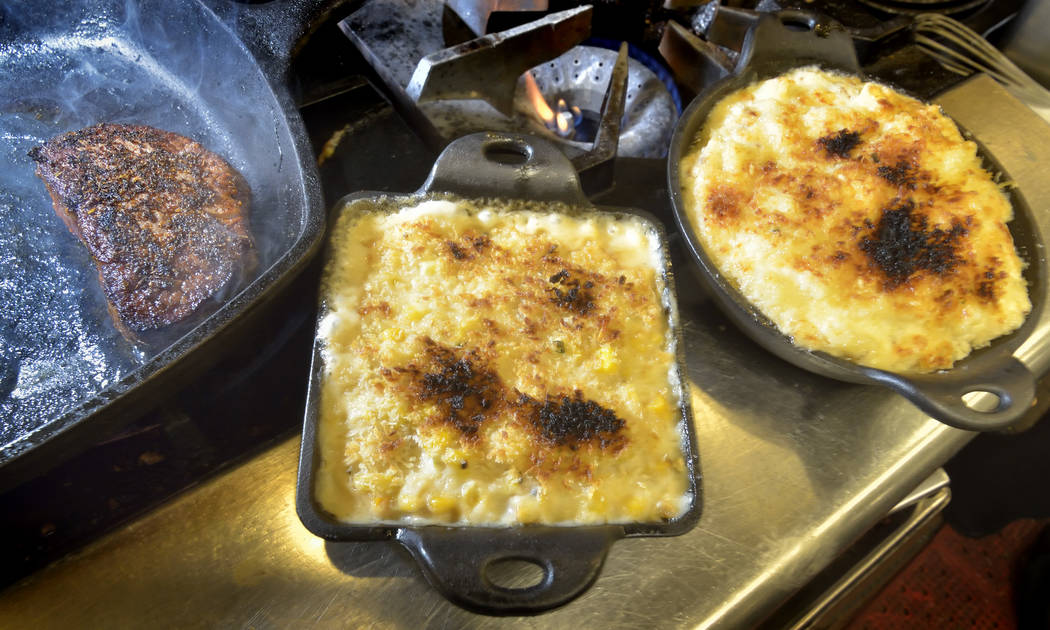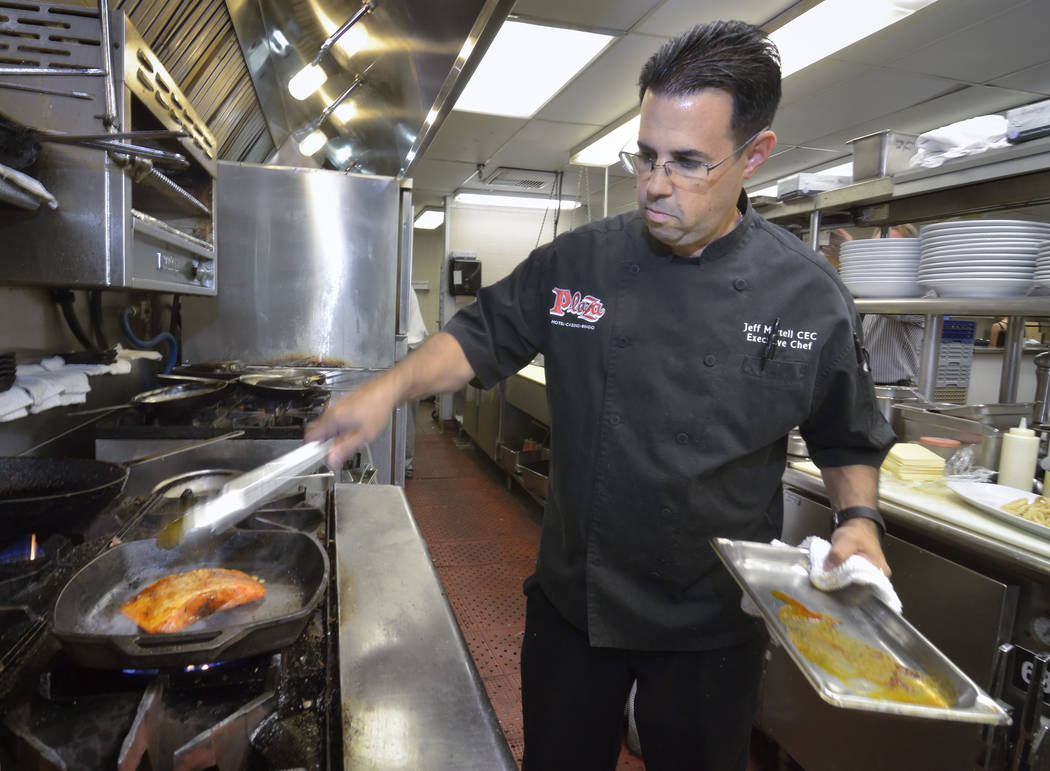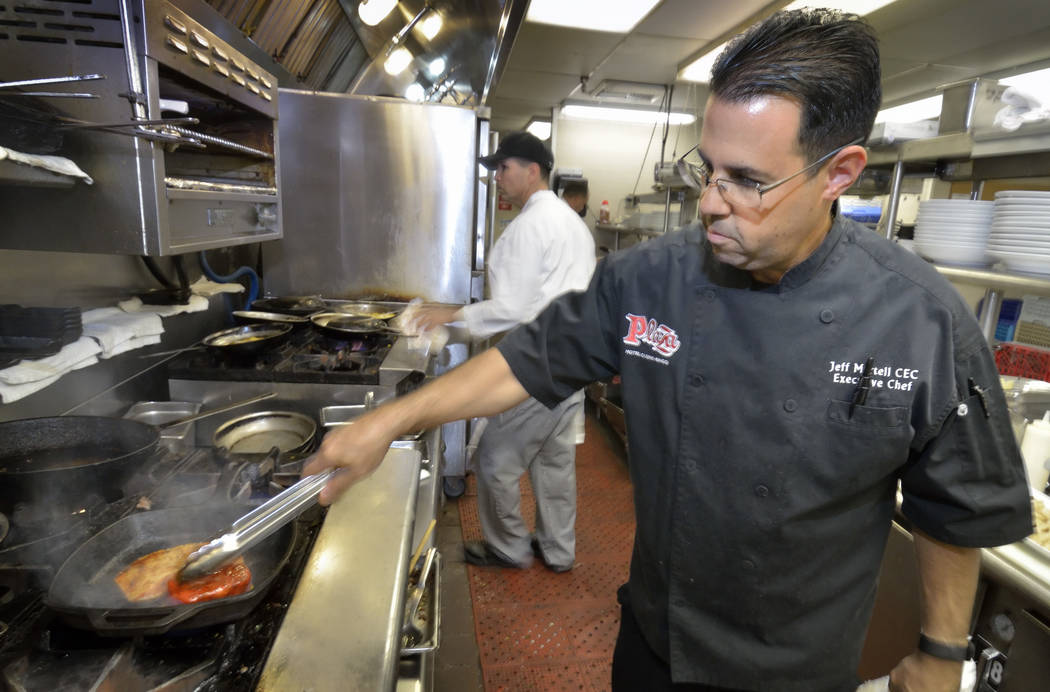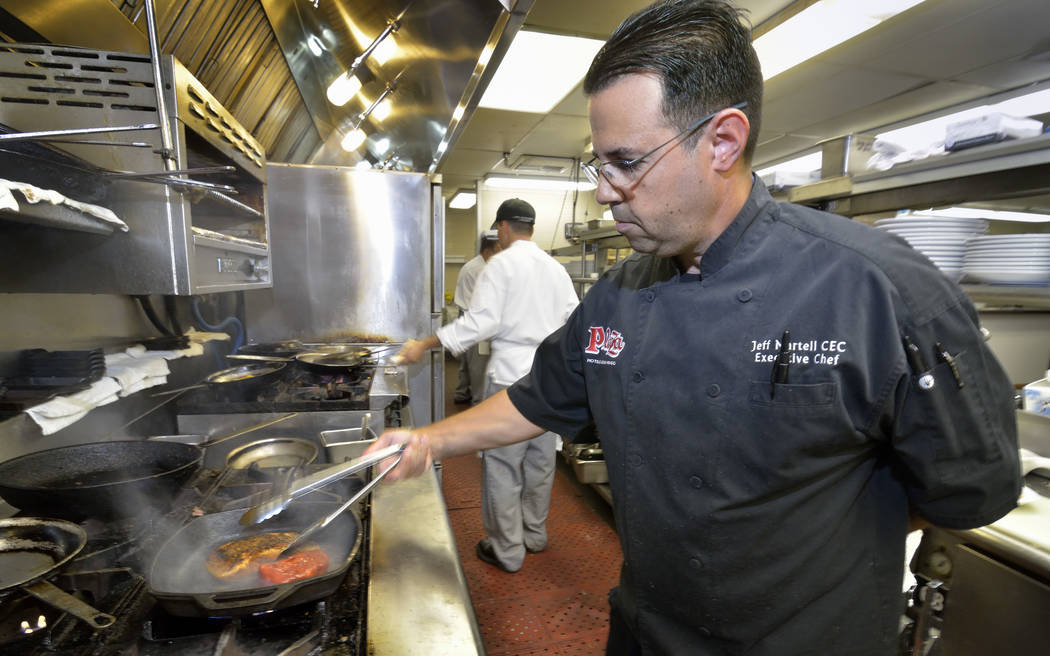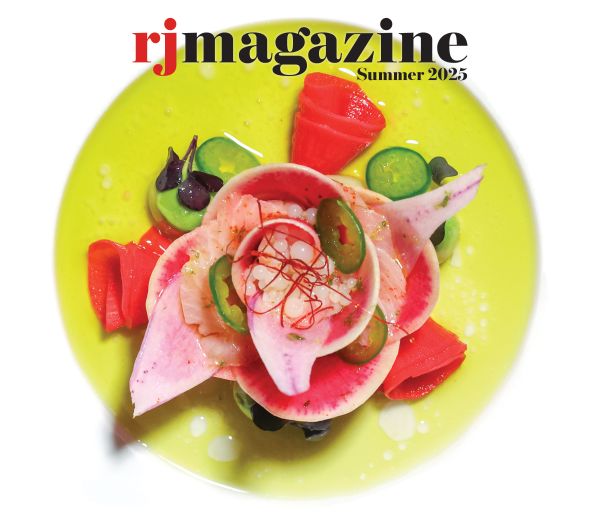Versatility, durability fuel popularity of cast-iron cookware
To Dan Zuccarello, it’s no coincidence that the cast-iron skillet, the roots of which stretch to China in the 6th century B.C., is among today’s hottest kitchen equipment, right next to the multipot, the electronic wonder invented less than a decade ago.
“I think that has a lot to do with people wanting to have value in the equipment that they’re using in their house,” said Zuccarello, executive food editor on the book team at America’s Test Kitchen, which is affiliated with Cook’s Illustrated and Cook’s Country magazines. “It really comes down, in my mind, to versatility.”
Zuccarello said the cast-iron pan is one of the original multitasking tools in home kitchens.
“It’s obviously a skillet,” he said, “but it’s a non-stick skillet, it’s a roasting pan, a baking sheet, a great vessel for keeping appetizers warm. If someone invests in a cast-iron skillet, they are getting value for their money.”
And that investment isn’t exactly huge, with a new cast-iron skillet selling for about $30 — and plenty of people using the ones passed down from their parents or grandparents. This this is one tool that doesn’t wear out.
Jeff Martell, executive chef of Oscar’s steakhouse at the Plaza, said he appreciates the pan’s longevity. “You can buy one cast-iron pan for your house and have it for 50 years.”
“You can use it for anything from appetizer to entree to dessert,” he said. In the commercial kitchen, “you just get it hot and you’re using it all day.”
Martell uses it in the restaurant kitchen for blackening fish (“it gives it a really nice sear”), for corn brulee with a gratineed top, for a chocolate-chip cookie, and for serving. At home, he said, he uses one a lot around the holidays.
“I’ll make stuffing in it, put it in the oven and bake it in the cast iron,” he said. “You get a nice crust on it.”
Jay Bogsinske, executive chef at Hamptons in Tivoli Village, said he has an 80-year-old cast-iron pan that was passed down from his grandmother to his mother to him.
“I’ve always used it in all of my concepts,” he said of cast iron in general. “A lot of people think of rustic American cooking. It’s also very good for other uses.”
So yes, he uses it for cornbread, but also for an Arabic meatloaf kind of dish similar to kefte. And for Russian-style fried potatoes, “where you bake the potatoes in the skillet and you flip it out of the skillet and it has that incredible crust on it.”
Glenn Rolnick, director of culinary operations for Alicart Restaurant Group, which owns Carmine’s at The Forum Shops at Caesars and Virgil’s Real Barbecue at The Linq, also likes the versatility of cast iron, and understands its resurgence in popularity.
“A lot of chefs now are starting to understand why it’s so good for the uses they can come up with,” Rolnick said. “I would use it in a second over a stainless steel or aluminum pan.”
But cast iron does have a few drawbacks, Rolnick said. The weight, he said, means it’s impractical for tossing something, such as legumes or vegetables.
“When you’re in a busier restaurant, it’s definitely harder to move around,” he said.
It also requires a little extra care when it comes to cleaning. An adequately seasoned cast-iron pan has an almost nonstick surface.
“It’s really this layer of oil that builds up on the cast iron,” Zuccarello said of seasoning.
It’s important to maintain that.
“It’s almost like you treat it like your personal equipment,” Martell said in regard to a commercial-kitchen setting. “You take it out when you’re ready to use it. At the end of the night, you clean it yourself and put it away for the next day. We don’t run it through the machines. It gets hand-dealt-with every day. You’re just using real light soap, real light water and almost just wiping it out and sanitizing it, and you’re done.”
Modern cast-iron pans come pre-seasoned and don’t require much preparation before use,
Zuccarello said.
“You can take the skillet out of the box and you could use it without doing anything to it and it would work perfectly fine,” he said. “We certainly recommend building up the seasoning a little bit, which naturally happens the more you use it.”
Martell said the increased popularity of cast iron has brought to market vessels in various sizes, depths and designs, which can be used for cooking or serving.
Zuccarello said using cast iron is just about understanding it.
“I’m a complete convert,” he said. “I use my cast-iron skillet at least twice a week. I started off as a skeptic, and now I can’t imagine not using it.”
Longevity is all in the seasoning
Cast iron cookware is beloved by many cooks, and it will last nearly forever with the right routine maintenance.
Cast iron keeps its seasoned, nonstick surface for a lifetime (and beyond — some cooks pass skillets down through generations as cherished treasures).
After each use, wash skillet lightly with water and a sturdy, non-abrasive brush. (Soap, metal brushes and extended soaking will destroy the nonstick coating.) Thoroughly dry the skillet, return it to the stovetop, and heat 1 tablespoon vegetable oil over low heat. Using paper towels, rub the oil into the skillet, creating an even, shiny black patina. Repeat as needed, wiping out excess oil before storing.
Cast iron that has been negelected can be restored. Heat pan on low, add enough vegetable oil to cover its bottom by about 1/2 inch, sprinkle in a handful of coarse kosher salt and scrub with paper towels. The salt is an abrasive, helping to remove rust or cooked-on food. Rinse skillet with warm water and repeat until pan is restored to its former glory.
America’s Test Kitchen
Mexican Layer Dip
3 tablespoons vegetable oil
1 pound ground pork
1 1/2 tablespoons tomato paste
1 1/2 tablespoons chipotle chile powder
3 garlic cloves, minced
1 1/2 teaspoons minced fresh oregano or 1/2 teaspoon dried
1 teaspoon ground cumin
1/4 teaspoon salt
1 1/2 cups chicken broth
6 ounces Monterey Jack cheese, shredded (1 1/2 cups)
1 large red onion, chopped fine
2 (15-ounce) cans pinto beans, rinsed
1 tomato, cored and chopped
1 avocado, halved, pitted and chopped
1/4 cup fresh cilantro leaves
Tortilla chips and lime wedges for serving
Adjust oven rack to middle position and heat oven to 350 degrees. Heat 10-inch cast-iron skillet over medium heat for 3 minutes. Add 1 tablespoon oil and heat until shimmering. Add ground pork and cook, breaking up meat with wooden spoon, until no longer pink, about 5 minutes. Stir in tomato paste, chile powder, garlic, oregano, cumin and salt and cook until fragrant, about 1 minute.
Stir in 1/2 cup broth, scraping up any browned bits, and cook until sauce is thickened slightly, about 1 minute. Transfer mixture to medium bowl and stir in Monterey Jack until well combined. Heat remaining 2 tablespoons oil in now-empty skillet over medium heat until shimmering. Add 1 cup onion and cook until softened, about 5 minutes. Stir in beans and remaining 1 cup broth, bring to simmer and cook until beans are heated through, about 5 minutes. Using potato masher, mash beans until smooth, then continue to cook, stirring constantly, until beans are thick and creamy, about 3 minutes.
Off heat, spread beans into even layer, then spread pork mixture over top. Transfer skillet to oven and bake until heated through, about 10 minutes. Sprinkle with tomato, avocado, remaining onion and cilantro. Serve.
Serves 8 to 10.
Bananas Foster
1/2 cup packed dark brown sugar
1/4 cup plus 2 teaspoons golden rum
2 tablespoons water
1 cinnamon stick
1/4 teaspoon salt
3 ripe bananas, peeled, halved‐crosswise, then halved lengthwise
1 pint vanilla ice cream
4 tablespoons unsalted butter, cut into 4 pieces
1 teaspoon lemon juice
Bring sugar, 1/4 cup rum, water, cinnamon stick and salt to simmer in 12-inch cast-iron skillet over medium heat. Cook, whisking frequently, until sugar is dissolved, about 2 minutes.
Add bananas to skillet cut side down and cook until sauce is glossy and cut sides of bananas are golden brown, 2 to 4 minutes. Flip bananas and continue to cook until soft but not mushy, 2 to 3 minutes. Using tongs, transfer bananas to four bowls and top with ice cream.
Off heat, discard cinnamon stick. Whisk butter into sauce, 1 piece at a time, until incorporated. Whisk in lemon juice and remaining 2 teaspoons rum. Spoon sauce over bananas and ice cream. Serve.
Serves 4.
Recipes from “Cook It In Cast Iron” by America’s Test Kitchen
Thick-cut Steaks with Herb Butter
2 (1-pound) boneless strip steaks, 1 1/2 inches thick, trimmed
Kosher salt and pepper
4 tablespoons unsalted butter, softened
2 tablespoons minced shallots
1 tablespoon minced fresh parsley
1 tablespoon minced fresh chives
1 garlic clove, minced
2 tablespoons vegetable oil
Sprinkle entire surface of each steak with 1 teaspoon salt. Let sit at room temperature for at least 30 minutes and up to 1 hour.
Adjust oven rack to middle position, place 12-inch cast-iron skillet on rack and heat oven to 500 degrees. Combine butter, shallot, parsley, chives, garlic and 1/4 teaspoon pepper in bowl; set aside.
When oven reaches 500 degrees, pat steaks dry with paper towels and season with pepper. Using potholders, remove skillet from oven and place over medium-high heat; turn off oven. Being careful of hot skillet handle, add oil and heat until just smoking. Cook steaks, without moving them, until lightly browned on first side, about 2 minutes. Flip steaks and cook until lightly browned on second side, about 2 minutes
Flip steaks, reduce heat to medium-low and cook, flipping every 2 minutes, until steaks are well browned and meat registers 120 to 125 degrees (for medium-rare), 7 to 9 minutes. Transfer steaks to carving board, dollop 2 tablespoons herb butter on each steak, tent with aluminum foil, and let rest for 5 to 10 minutes. Slice steaks 1/2 inch thick and serve.
Note: Don’t forget to take butter out to soften at least 30 minutes before you start to cook.
Serves 4.
Contact Heidi Knapp Rinella at Hrinella@reviewjournal.com or 702-383-0474. Follow @HKRinella on Twitter.



